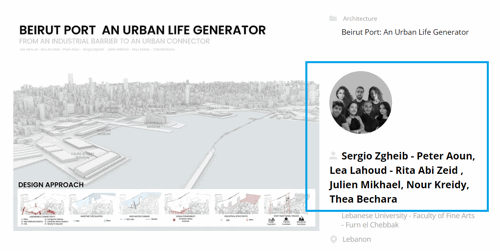CompOnion - Center for Support and Community Development for the Visually Impaired, Vinh Chau, Soc Trang, Vietnam

Project idea
CompOnion – Center for Support and Community Development for the Visually Impaired is a social-architectural initiative located in Vĩnh Châu, Sóc Trăng – a region where onion cultivation is the main livelihood. This project aims to empower the local visually impaired community, who often face social isolation and limited access to education and employment, by creating an inclusive, multi-functional center.
Rooted in local culture and agricultural practices, the center serves as both a rehabilitation and vocational training space. The architectural concept emphasizes sensory experiences beyond vision—such as sound, touch, and smell—to foster independent living and build a sense of belonging for the visually impaired, while also encouraging community interaction.
The name “CompOnion” combines “Companion” and “Onion,” reflecting both the human connection and the regional identity.
Project description
The project includes a series of interconnected spaces designed to serve both individual and communal needs. It features:
+ A vocational training workshop for onion-based products.
+ A rehabilitation and therapy zone.
+ A sensory garden for experiential learning and recreation.
+ Tactile design elements.
+ A community hall to host inclusive events and local engagement programs.
These spaces are organized around a central spine, allowing intuitive navigation through changes in floor textures, sound guides, and natural elements. The building is open to both the visually impaired and the broader community, promoting social integration.
The project is a prototype for inclusive design in rural Vietnam, combining architecture, social impact, and sustainable development rooted in local resources.
Technical information
Construction system: Local material (tiles roof, wood, bricks) with lightweight wood and steel structure
Flooring: Differentiated tactile surfaces for navigation
Ventilation: Passive cross-ventilation and skylight systems for natural lighting without glare
Landscaping: Native aromatic plants and directional acoustic markers in the garden
Sustainability features: Rainwater harvesting, solar panels, and locally sourced materials
Accessibility: Barrier-free design, Braille signage, auditory cues integrated throughout circulation paths
The project complies with international inclusive design standards and proposes a low-cost, high-impact model adaptable to other rural contexts in Southeast Asia.


















